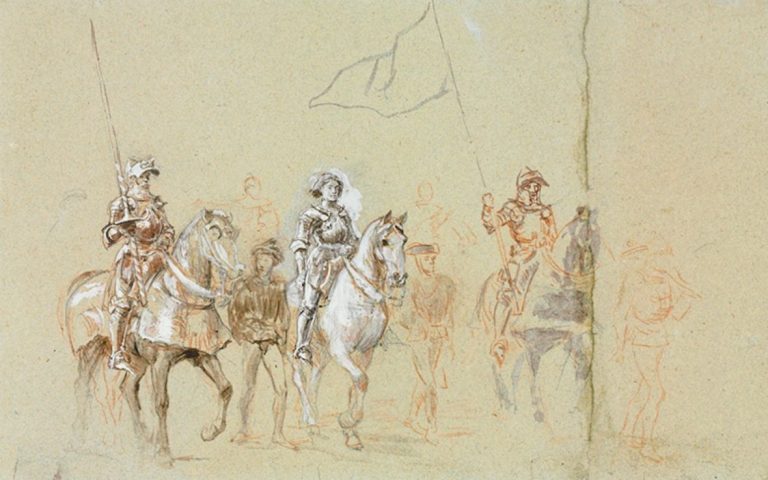

The pressure for real change can only come from the pinch of the garment industries’ pocketbooks by consumers.
When people hear the term fast fashion, they know it isn’t on trend with the eco-friendly and sustainable fashion movement but not exactly why it is a problem, and labor exploitation and forced labor isn’t typically what comes to mind. More commonly known is that fast fashion results in pieces that aren’t built for longevity so they quickly fall apart. That isn’t good for consumers’ time or pocketbooks.
People also frequently know that expediency in fast fashion often trumps concern for environmental health and designers have produced pieces with pesticides, insecticides, formaldehyde and other known carcinogens.
According to a December 2013 press release by the Center for Environmental Health some well known fast fashion chains such as Forever 21, Wet Seal and Charlotte Russe still produced lead-tainted purses, belts and shoes. This isn’t just problematic for the environment and workers but also for the consumer.
People generally know that fast fashion means that companies frequently export their production overseas so that they can maximize their bottom line. What is more obscure is the connection between production overseas and inadequate protection of workers.
Many nations don’t have adequate labor laws, the laws they do have aren’t always enforced, and government complicity and corruption often hinders governments’ attempts to enforce existing laws. In fact, the first writing I did on forced labor in the garment industry for the book Human Trafficking Around the World: Hidden in Plain Sight was of government-sanctioned work-study programs in China that were simply a veiled means to supply school children to factories for forced labor. The children faced dangerous conditions and excessive hours with mandatory overtime.
READ ENTIRE ARTICLE AT THE GOOD TRADE


